Flying the nest: how we help birds fledge
When young birds have developed their flight muscles and adult flight feathers, they start to leave their parents and the nest; this is known as ‘fledging’. There are a number of ways we can help young, vulnerable birds to fledge.
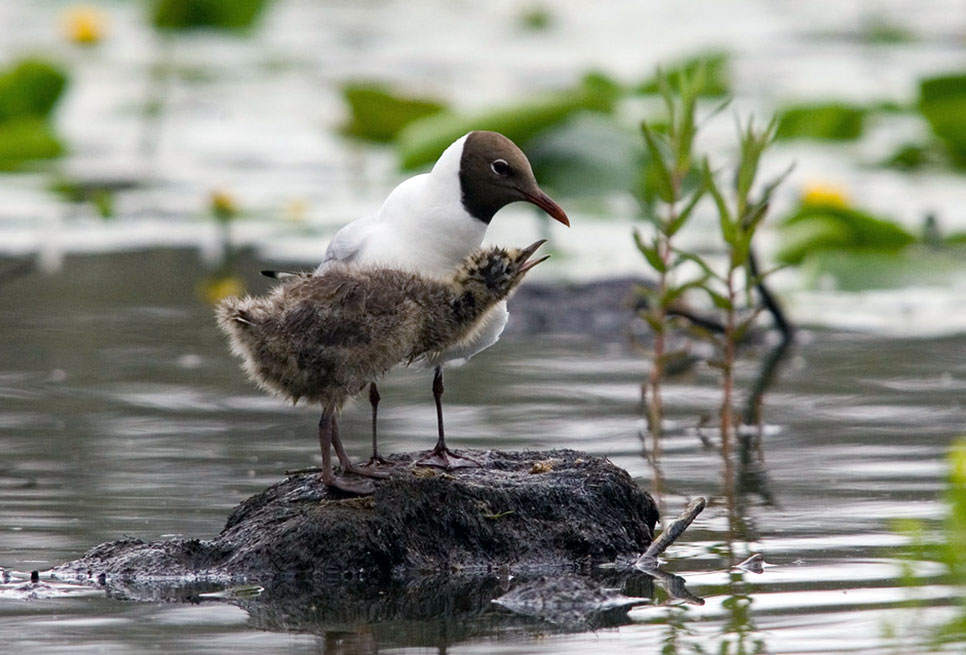
Whether you’re a fluffy shelduckling or a tiny lapwing chick skittering across the mudflats, making your way in the world as a young bird isn’t easy.
Once you’ve survived those dangerous first days as a hatchling, your camouflage, speed and the watchful eyes of a parent are all that keep you safe until you’re big enough to fly. During fledging, you’re still vulnerable; as you venture out in the open you must be vigilant for predators, and as loss of habitat increases, there’s more competition for shelter and food.
Casualties are a way of life, but what happens when too many chicks don’t make it? Failing to raise enough chicks to adulthood is a major factor in the decline of curlews, godwits and many other wetland bird species. Which is why we go to great lengths on our reserves to prepare for the breeding season: planning grazing regimes, cutting back plants, putting up fences, digging ponds and making precise adjustments to water levels using ingenious systems of sluices. Right now you’ll see the results across WWT’s reserves, but how exactly does it work?
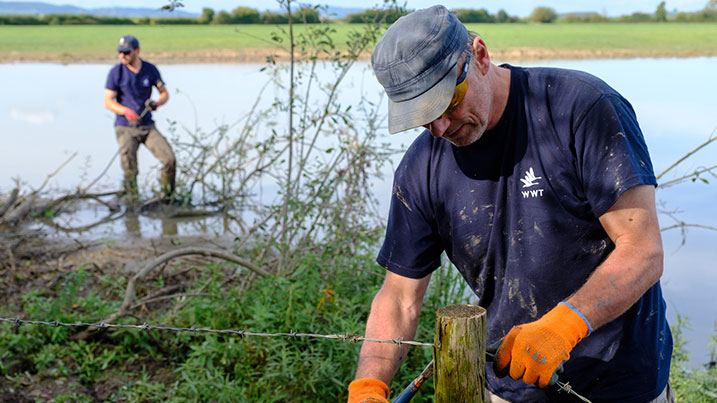
A refuge for declining species
Like the curlew, the lapwing is struggling for breeding habitat because of changes in farming. Since 1980 their numbers have declined by 80% in England and Wales. A problem that Brian Briggs, Reserve Manager at WWT Llanelli, has made a priority. He says:
“We focus on the conditions lapwings need to nest and for their chicks to feed. They’re fussy and require vegetation at a variety of heights and muddy areas for chicks to hide and forage. We do this with the help of livestock, as well as volunteers, machinery, and water level manipulation.”
As climate change leads to more unpredictable weather and intense storms, floods are increasingly a danger to chicks. However, Brian has a clever solution. “We drop water levels in the spring following winter flooding, to reveal the soft muddy shorelines and ditch edges that the chicks need.” Right now, the pools and scrapes may look like they arrived naturally, but it’s a complex process that Brian and his reserves team keep a close eye on.
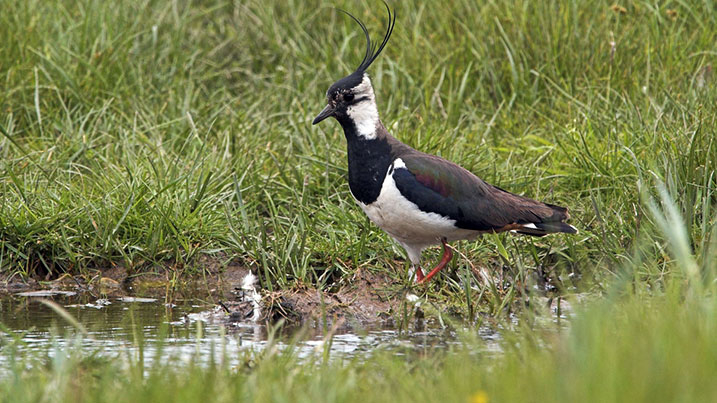
Lapwing don’t like trees because they reduce their sightlines and provide perches for predators, so they cut and cleared a huge amount of scrub, trees and rushes on the island and surrounding shorelines. Finally, they took hardy Shetland sheep out to the island one-by-one in a boat to help them keep on top of the vegetation. They were rewarded for their work with their first fledged lapwing chicks in 2017.
And so far, it’s looking promising this year. Surveys by Brian’s team showed that in 2019, there were 23 pairs of breeding lapwing and 26 chicks fledged, an excellent result considering that three years earlier there were only a few pairs.
What is fledging?
When young birds have developed all their flight muscles and adult flight feathers, they start to venture away from their parents and leave the nest; this is known as ‘fledging’. It takes different lengths of time depending on the species. Summer is the time when many of these young fledging birds appear everywhere!
Perfect water levels are just one thing that makes WWT Steart Marshes an idyllic habitat for waders to rear chicks. The scenic pools and mudflats are carefully monitored by Site Manager Alys Laver and her team. The mud needs to be soft enough to probe, yet not so deep that the invertebrates the waders feed on die. So it’s essential that the team at Steart get it just right for breeding season. And this year, their efforts were rewarded with a new milestone: a pair of black-winged stilts bred for the first time ever! Due to climate change, rising temperatures have sent this species further north in search of suitable breeding habitat, and we have our fingers crossed that their three chicks will successfully fledge at our wetlands this year.
Avocets are another beloved wading bird that’s doing well at the newly-created saltmarshes; they’ve gone from two breeding pairs in 2015 to nearly 40 pairs in 2020, and this trend looks to continue. Not bad for a saltmarsh that’s only six years old.
A life-raft for chicks
Elsewhere, the delicate balancing of water levels is done for another reason. Joe Bilous, Reserve Manager of WWT Caerlaverock, says “One thing we do is build nesting rafts and keep water levels high enough to keep gulls and waders safe from land-based predators.” Gulls, terns and some waders nest in colonies on shingle scrapes and islands. Though the chicks are well camouflaged, loss of habitat has forced these species into fewer, larger colonies which makes them vulnerable to predators like badgers and foxes. The more isolated they can make their nests, the safer the chicks will be.
At Slimbridge, giving gulls and terns a helping hand is well underway. Reserve Manager Martin McGill says, “we have a programme of building and deploying floating rafts for terns and gulls to nest upon, they have fences to keep predators from climbing on them easily and places for chicks to hide." They have also built permanent islands that are maintained to encourage the colonies, and they cut and collect the vegetation once the birds have finished breeding to have it ready for the following spring.
Hidden havens
It’s not just about the water – the surrounding land and vegetation is given equal attention. At WWT Welney, the aim is to create a variety of habitat that’s ideally suited to many different species and their differing needs. A mosaic of densities of wetland grasses provide for the different styles of nesting for our ground-nesting birds. They manage the reeds, willows and grasses on rotation so that there’s vegetation at a mixture of stages and ages to provide cover for warbler nests.
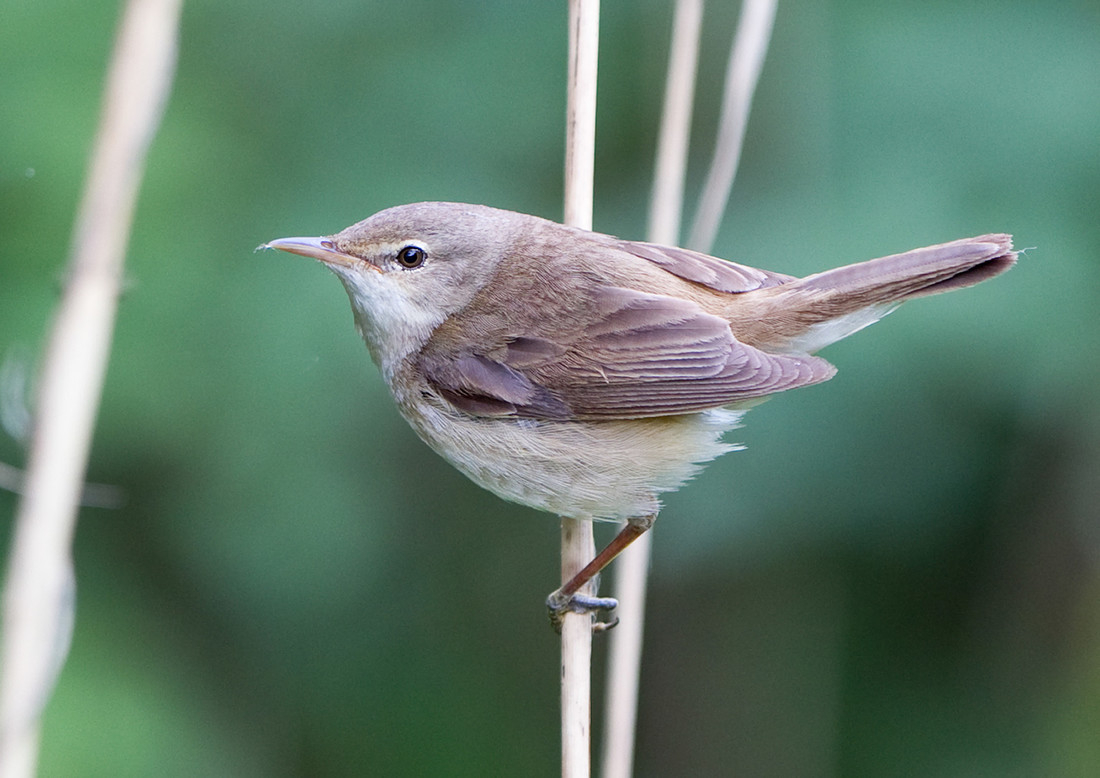
David Tough, Grazing Officer at Welney, says “by cutting reeds on rotation, there is always some older growth which is just the right strength for warblers to weave their nests between – reed, sedge, Cetti’s and grasshopper.” Sometimes the best thing to do is nothing, encouraging a re-wilded tangle or wide uncut hedges or stands of ancient reeds.
Welney is the home of Project Godwit and there’s no doubt that special attention is given to the black-tailed godwit, another wader heavily affected by predation. But it’s not a straightforward case of deterring or preventing predators: sometimes the answer lies in helping other species, by creating corridors of vegetation and networks of channels to help little creatures move around. As David explains, “Providing cover for small mammals encourages their numbers, which then provides an alternative food source for mammals which might predate eggs or young chicks.” So by increasing small mammal biodiversity, we help protect the godwits.
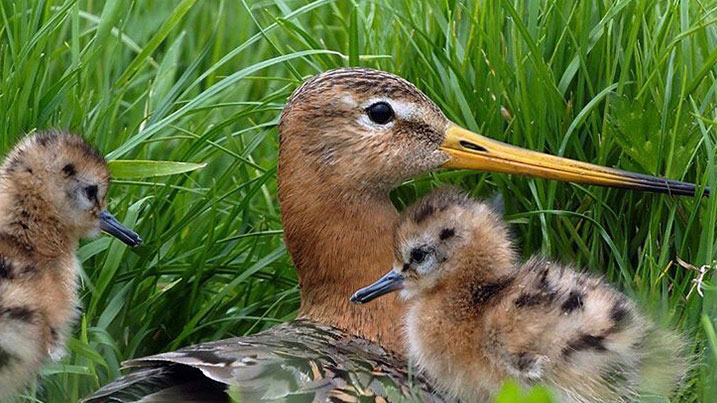
It’s not all about preventing predation – some of our iconic wetland birds are bank hunters that need to feed their young. Kingfisher, herons and egrets need access to ditches for this reason. Martin McGill says, “keeping sections of ditch open and free of overhanging plants allows them to fish from the banks, and also helps our dragonflies.” The reserve teams are always looking to benefit as many species as possible and increase biodiversity.
At Slimbridge, the Rushy lake is home to hundreds of breeding birds in the summer, surrounded by lush vegetation and flowers frequented by pollinators, and the birds are happy getting on with the business of parenting. But sometimes, as Martin McGill notes, we go out of our way to give a bit of extra help to those in need.
“For the little ringed plovers we get personal, they often lose eggs to predation or simply getting trodden on. As we are conducting other tasks we may drop a protective cage over their nest to give them a little bit of personal space. This allows them to hatch their young which are highly mobile and can then run out of the way of danger.”
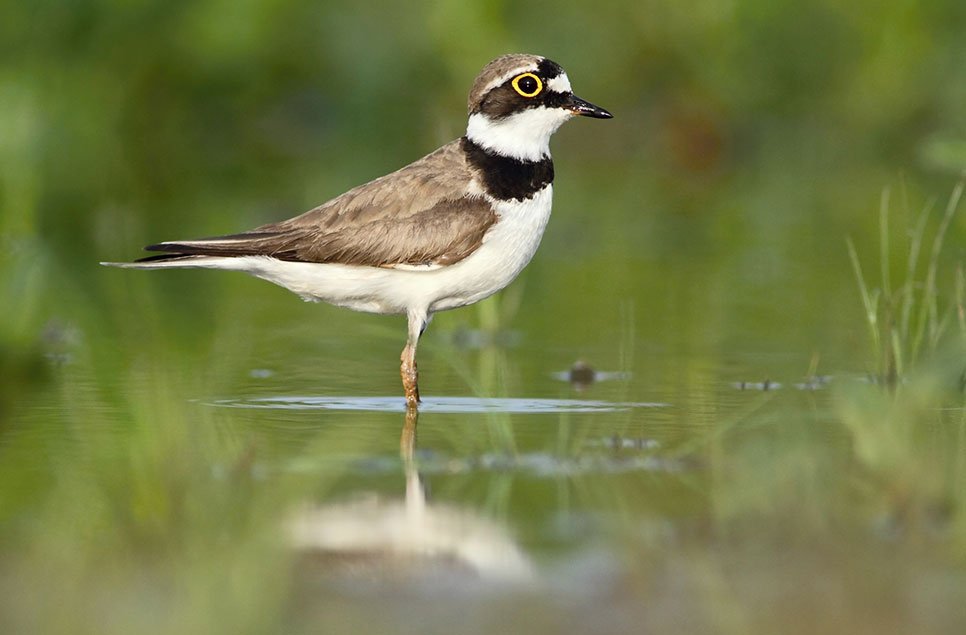
Things you can do at home to help fledglings
If you’re wondering how you can give fledglings a helping hand, Joe Bilous has some advice for those looking to give a home for breeding birds on their own property.
“Nest boxes are a great way to improve the chances of small songbirds fledging young, and it’s something people can do at home and in their gardens. The boxes give a safe and secure nesting site for the birds, which they will sometimes use year after year.
We have placed boxes across the whole site to maximise the chances of birds using them. Placing them high enough to ensure ground predators can’t get to them, with a clear flight path to the entrance. It’s best if they don’t face the prevailing weather, and have the entrance sloping forwards to give more shelter.”
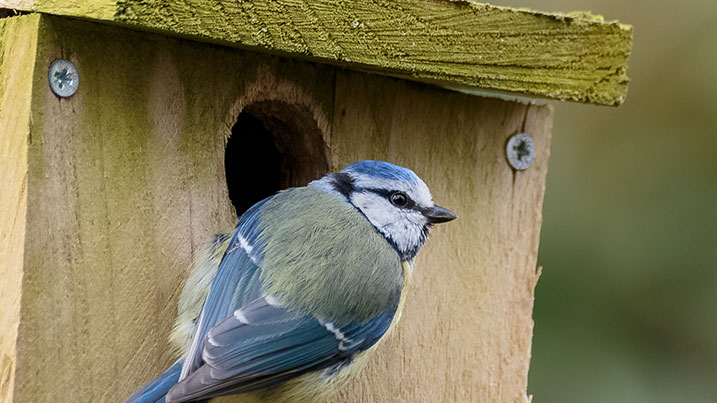
Reserved for nature
Much of our reserve work is carried out behind the scenes, carefully so as not to disturb the wildlife but also so that you can get the best views of all the action when you visit our hides. We’re excited to welcome you back to our wetland reserves, although spaces are limited at the moment.
Find your nearest reserve
New optics range
See more wetland wildlife with our exlusive range of binoculars and telescopes.
VISIT THE SHOP


